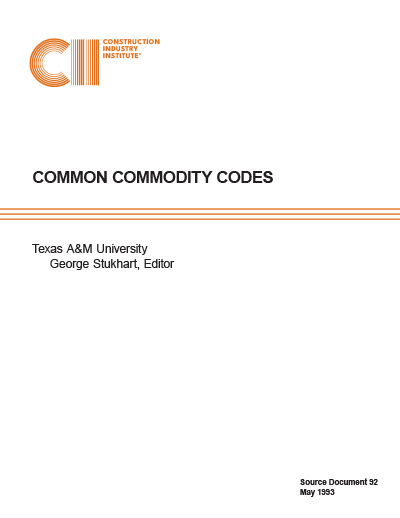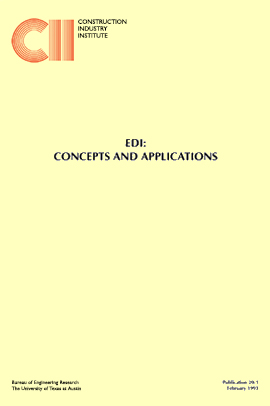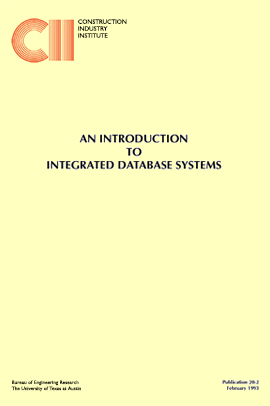
Common Commodity Codes
Many construction companies employ computerized materials systems and use common commodity codes which are the building blocks of their internal materials system. The industry has long sought a set of common commodity codes that organizations could use to share materials requirements in a standard form. The Electronic Data Management Task Force representing users of the construction industry, recognizes that the ability to share materials management and other data between trading partners having different systems is essential to the growth of electronic data transfer. Many advantages will result from the automated transfer and integration of data for common commodities among owners, engineers, contractors, and suppliers. The Task Force also recognizes that achieving such a standard would require considerable time and effort.
Standards are developed to meet user needs—they are not dictated by organizations that are responsible for standardization. Several organizations acknowledge the need for common commodity codes and are already working to achieve some degree of standardization in the exchange of data for pipe, valve and fitting materials. These organizations represent other industries that have slightly different user needs. They are striving either to standardize descriptions for electronic data interchange, develop standard product numbers for bar coding, or develop models for the exchange of design data.
The task force believes that the construction industry will derive major benefits from code standards and that, as a first step, research on the efforts by other industries should be publicized. The task force also believe that the construction industry will eventually achieve a standard set of product descriptions that will serve construction needs and that the efforts of the Construction Industry Action Group (CIAG) will achieve this long-sought goal. The support of CII companies is essential to the success of this effort.
This report identifies the major benefits to the construction industry in achieving common commodity formats, or ultimately common codes that would be acceptable and usable by the entire industry. A common commodity is a component which is generic in use and whose manufacture is usually governed by industry dimensional and material standards. Some of these include:
- Improved procurement through greater reliability
- Reduction in inventory
- Better identification of shipments
- Inventory
- Surplus materials
- Standard design criteria
- Improvements in quality, startup, accounting, and maintenance
CII member companies’ support of the Common Commodity Code User’s group of the Construction Industry Action Group (CIAG) efforts to establish standard material formats will simplify and standardize the automated transfer of data between trading partners; this includes engineers, owners, contractors, distributors, and manufacturers. Finally, any computerized transfer of information, whether in EDI, CAD, bar coding, imaging, voice, or other system, would be immeasurably improved by the use of common formats and codes. (SD-92, p. 16)



